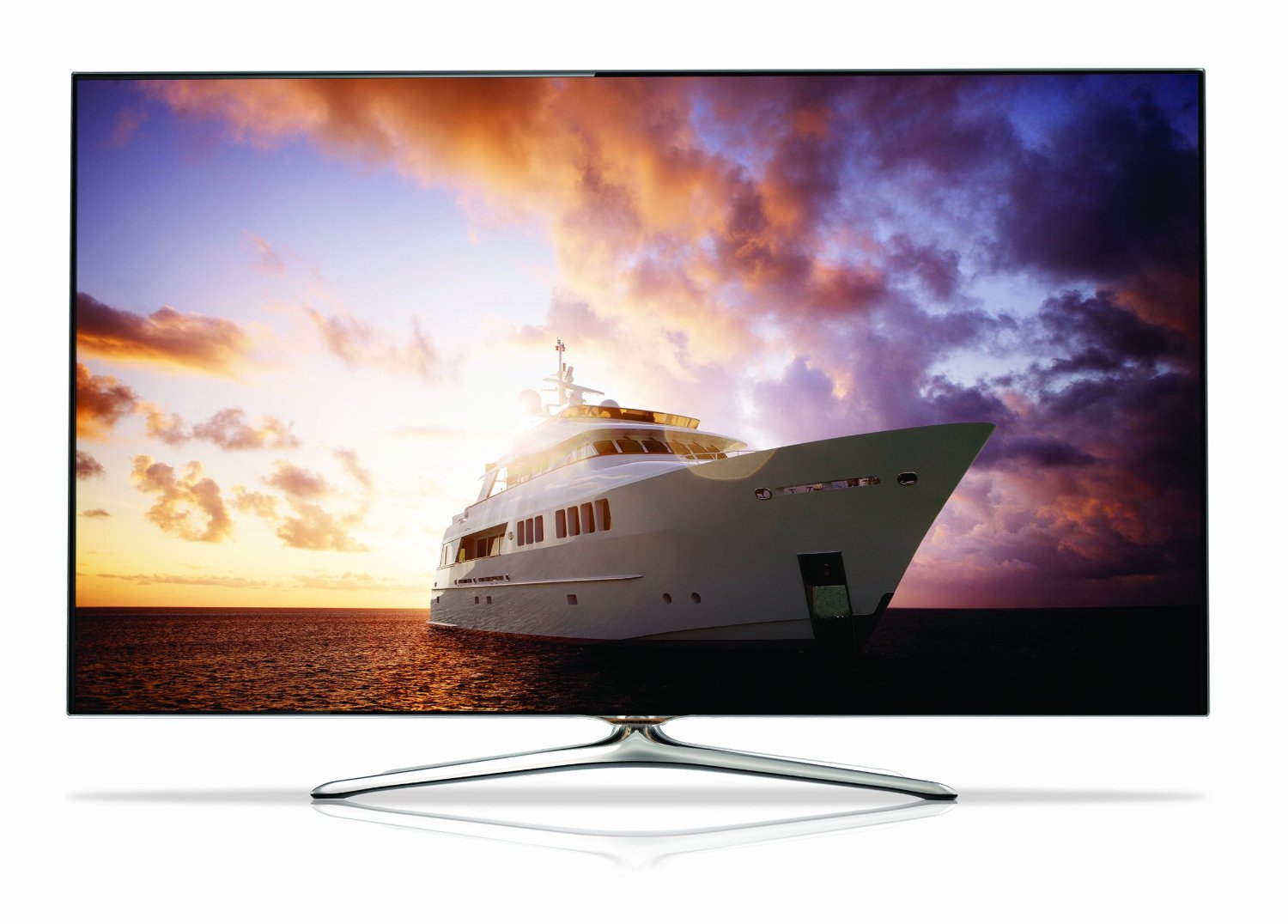Replacing an old television set can be an expensive endeavor, especially if you’re looking for one of the larger models. While the prices of these sets have dropped drastically over the last ten years, spending over one thousand dollars on a form of entertainment is still no small expense for most families – especially in this economic climate. Therefore, when buying a new television, one really should know what to expect in the market and what to look for, in order to minimize any chance of either buying an outdated technology or overpaying for something that should normally cost much less. Additionally, there are several different technologies implemented by television sets currently available on the market, and each come with their own advantages and disadvantages.
Today, the term ‘HDTV’ is just as vague and ambiguous as the term ‘TV’ was in the previous century. Even the basic CRT sets, despite all being characterized by the giant cathode ray tube in the back of the set, had many differences, and ranged from very old fashioned models with “rabbit ears” antennas to more modern looking flat screen sets. The situation with modern high definition TVs is similar, and as long as the set is able to project digital signal of higher quality they immediately earn the distinction of being an HDTV. As one may quickly realize, in order to make a wise purchase a more careful analysis of the technology should be performed. It is very possible to find a TV of the same size, costing from $400 to $2000, and while there are certain features that might justify this price difference, it is not uncommon for an uninformed individual to be taken advantage of and be convinced by a salesman to buy one of the more expensive models. Therefore, in order to make a proper selection, the consumer should know two things in advance before walking into any local electronics store: what they are looking for, and what available TV technology is best suited to satisfy their needs.
When looking to buy an HDTV, everyone should at least have some idea with respect to the size they are looking for. While watching the Super Bowl on a giant 65” screen is certainly fun, such huge sets will be both expensive, and will take up a lot of room in one’s living room. The size of the TV will also drastically impact the technology. By now, everyone has heard the terms 720p and 1080p at least once mentioned with regards to digital signals. The two denote the number of vertical scan lines dividing the display, with more lines being able to provide a picture of higher quality, and are the main reason for the digital picture being superior to the outdated 480p analog signals. While 1080p is the one that has earned the distinction of Full HD, it will not make much sense to buy a smaller TV that is able to display the full 1080p signal, since it will not be noticeable and simply cost more money. The good rule of thumb is the select 720p for models of size of 32″ or less, and 1080p for models that are 40″ or more inches across – especially considering that the large majority of network stations only 720p signals. Another important factor is the display technology, with the most popular being LCD, LED, and plasma. The first two both provide a liquid crystal display, but the LED implements slightly different back lighting technology and is usually more expensive. Plasma’s use a different gas-based technology for the display, and while being able to deliver higher contrast rates and thus “deeper” blacks, their screens are more reflective and thus experience more glare than LCDs or LED TVs. Furthermore, the models are usually more expensive, in terms of both the store price and the electricity consumed by these sets. Ultimately, there are many other factors that may affect the price of an HDTV, but anyone wishing to buy a 1080p 40-inch model should not be looking to spend more than $70.
